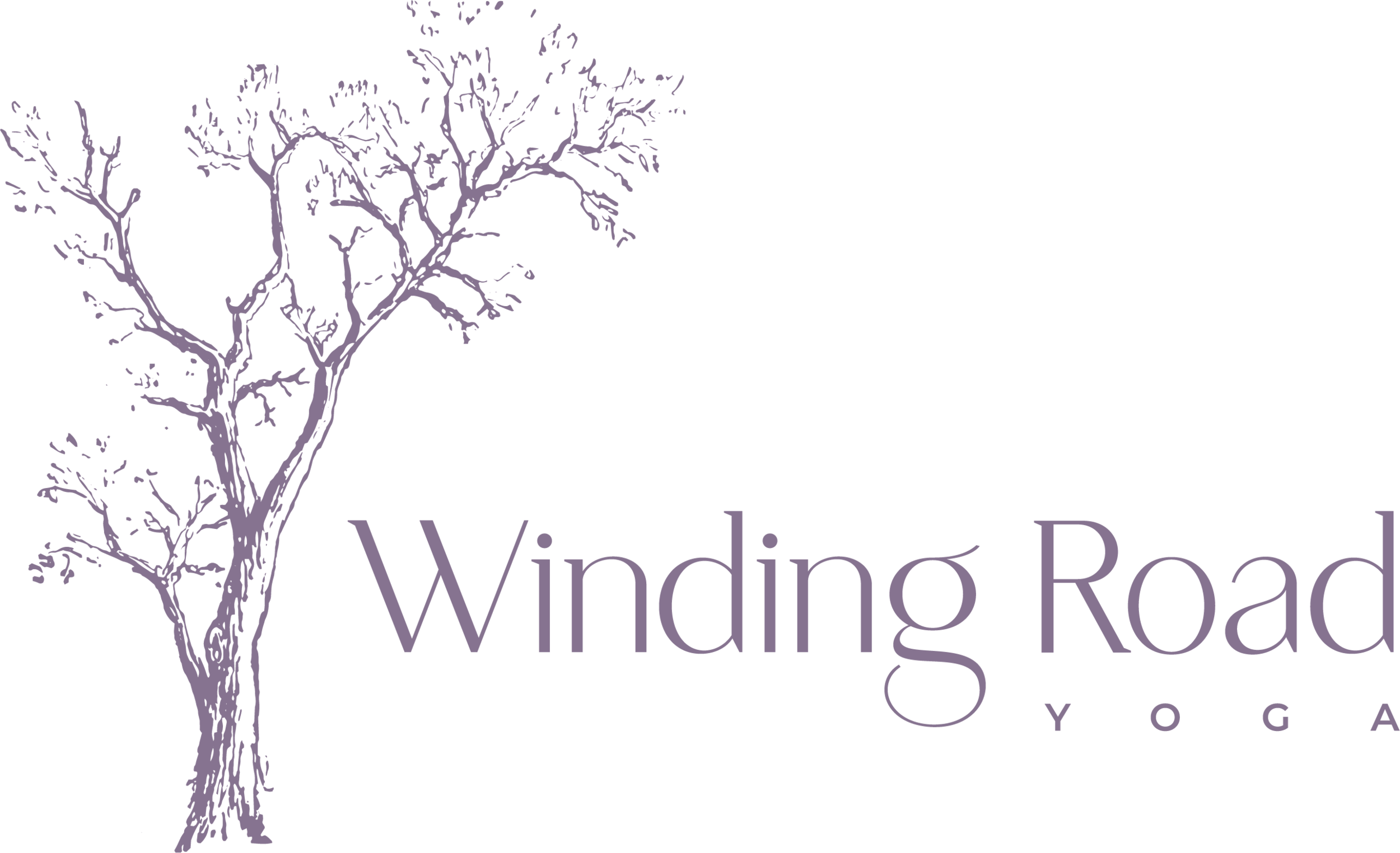
Inspiring, guiding, and transforming through Yoga.
PHYSICIAN
As a former practicing cardiologist for nearly 30 years, I have a deep and respectful understanding of the human body and the profound connection to the mind and spirit.
equestrian
As an equestrian athlete and USDF Silver Medalist who has recovered from several major injuries, I have learned firsthand the importance of body awareness, alignment, and flexibility.
yoga teacher
As a yoga teacher and certified Mindfulness Coach, it is my heartfelt intention to share with you the wisdom, strength, and restorative power of yoga, to help enrich and inspire your own yoga practice.
The Classes

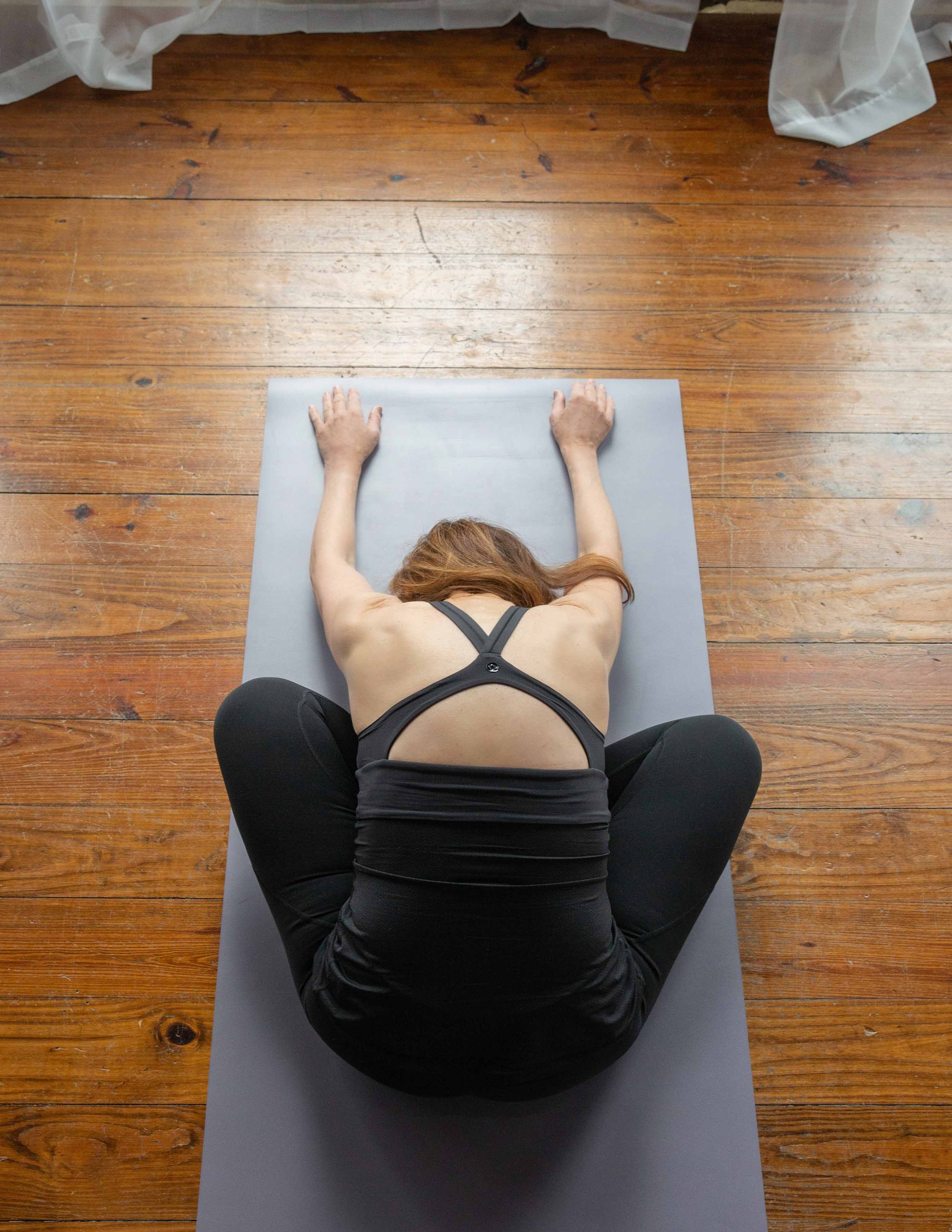
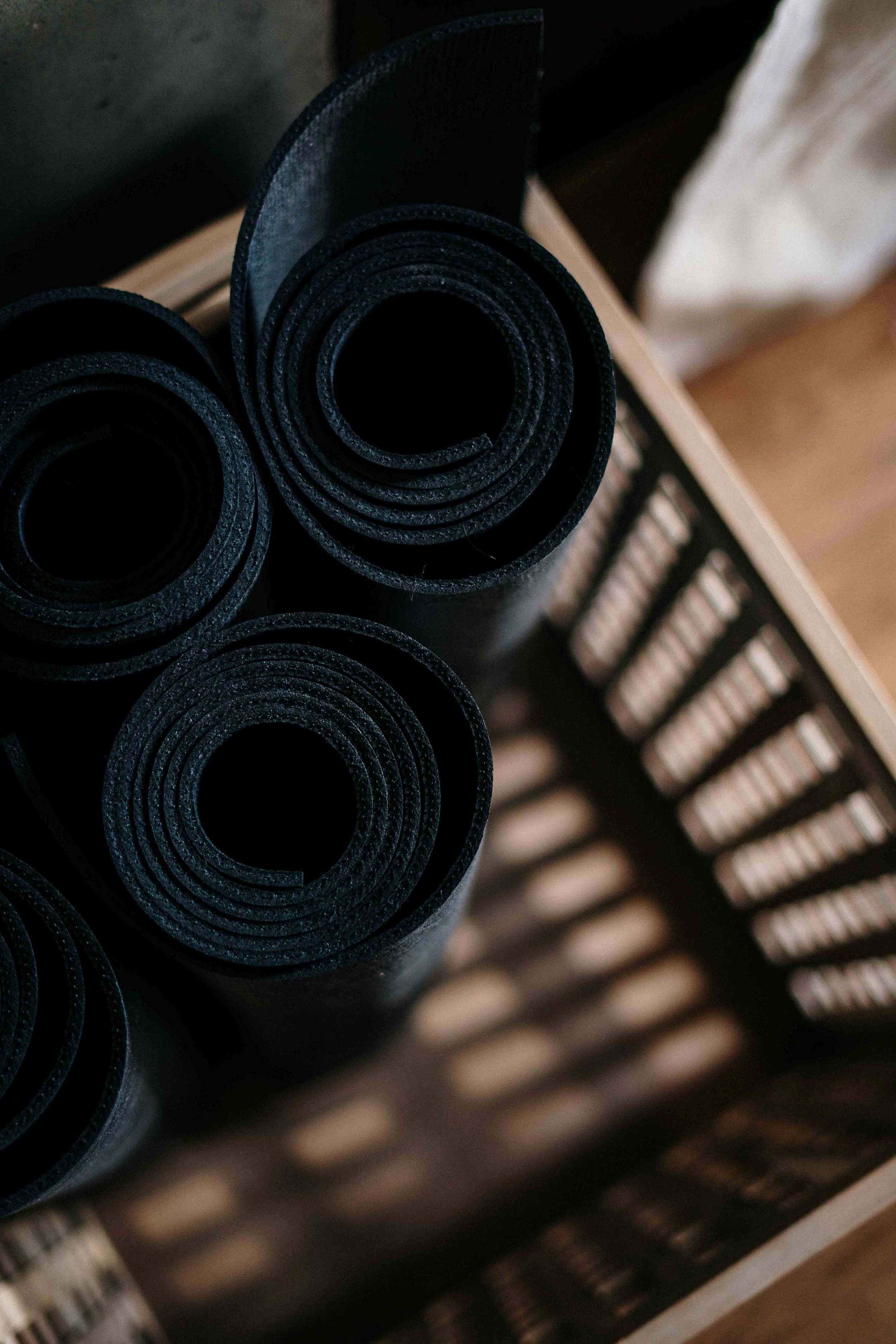
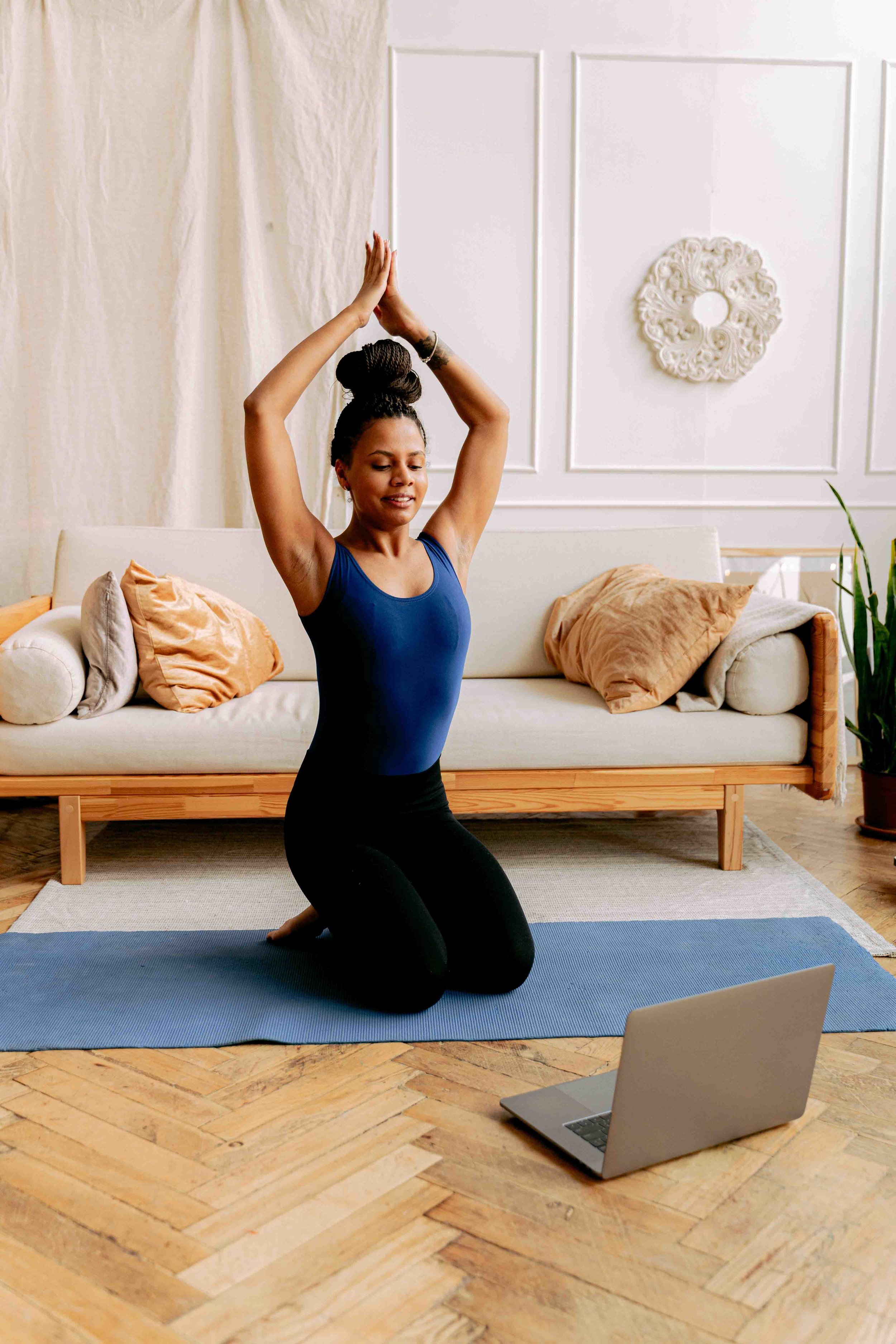
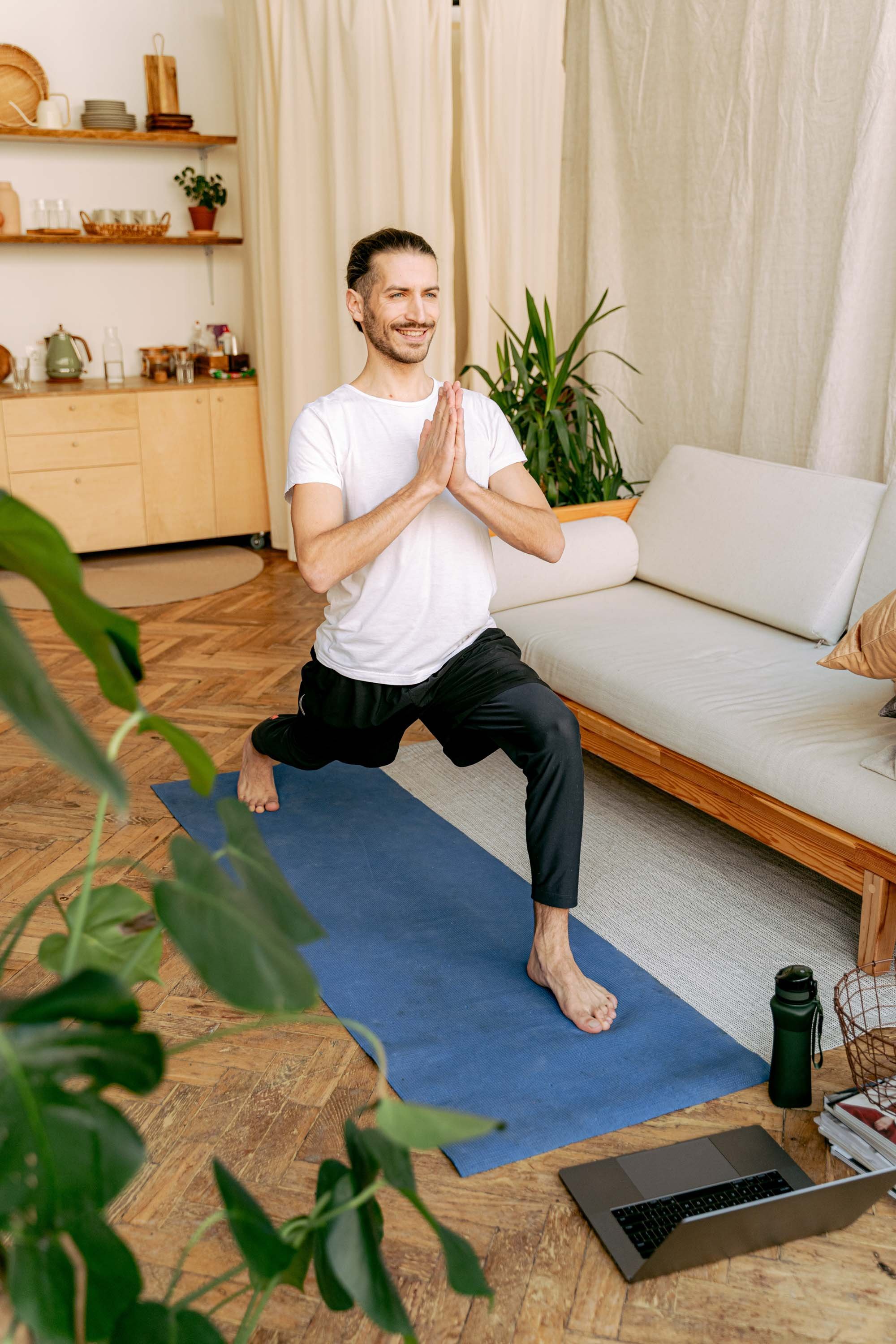
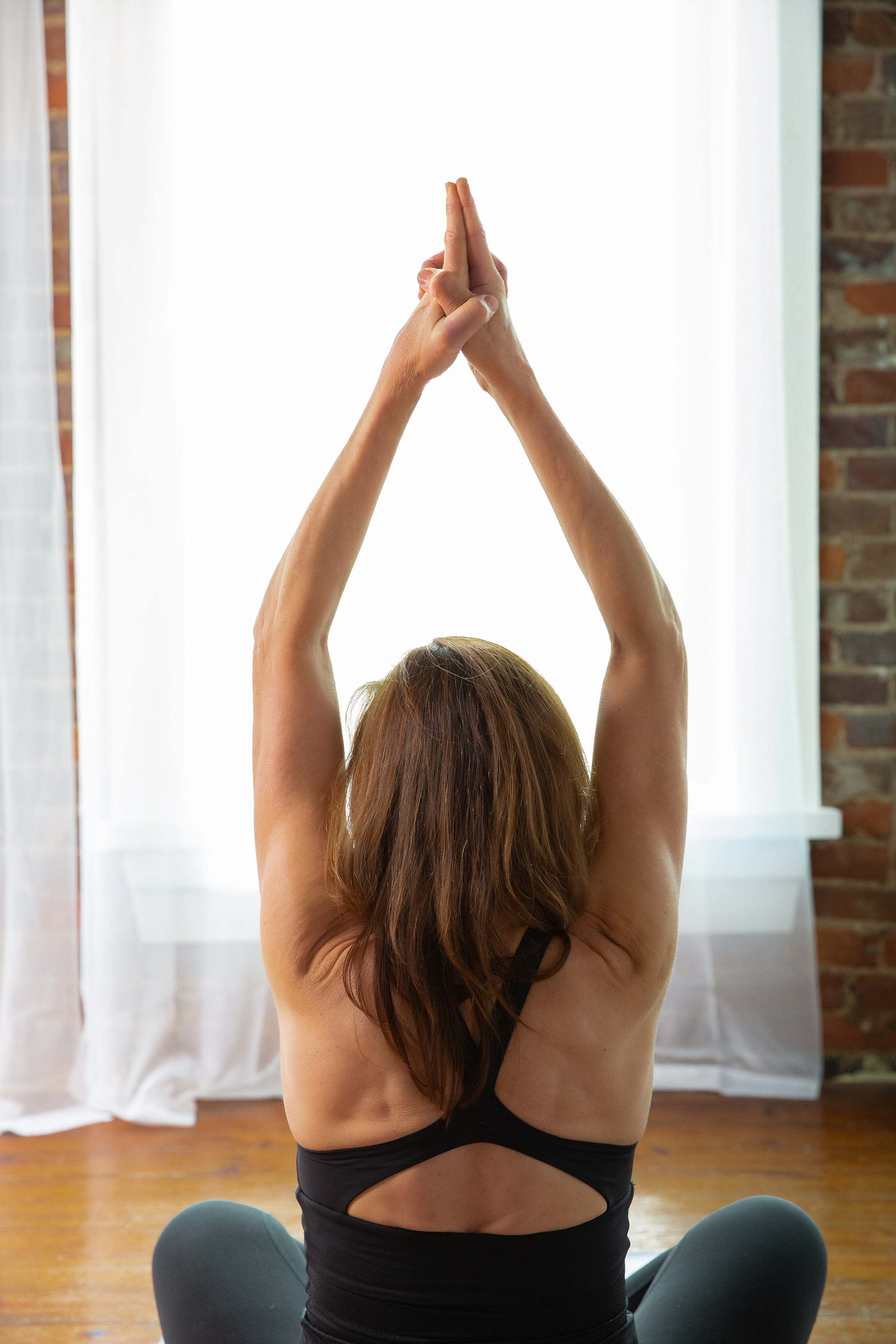
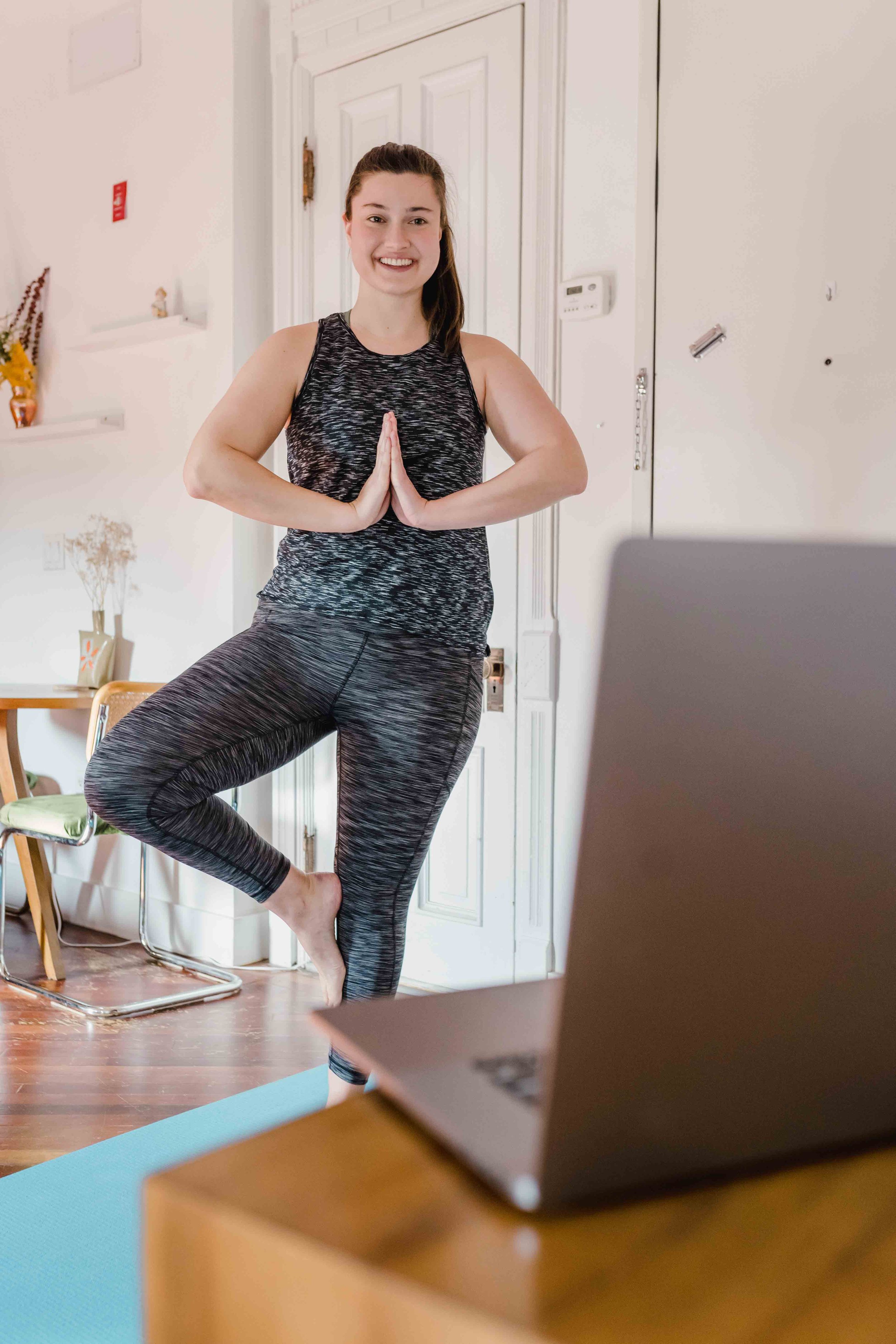
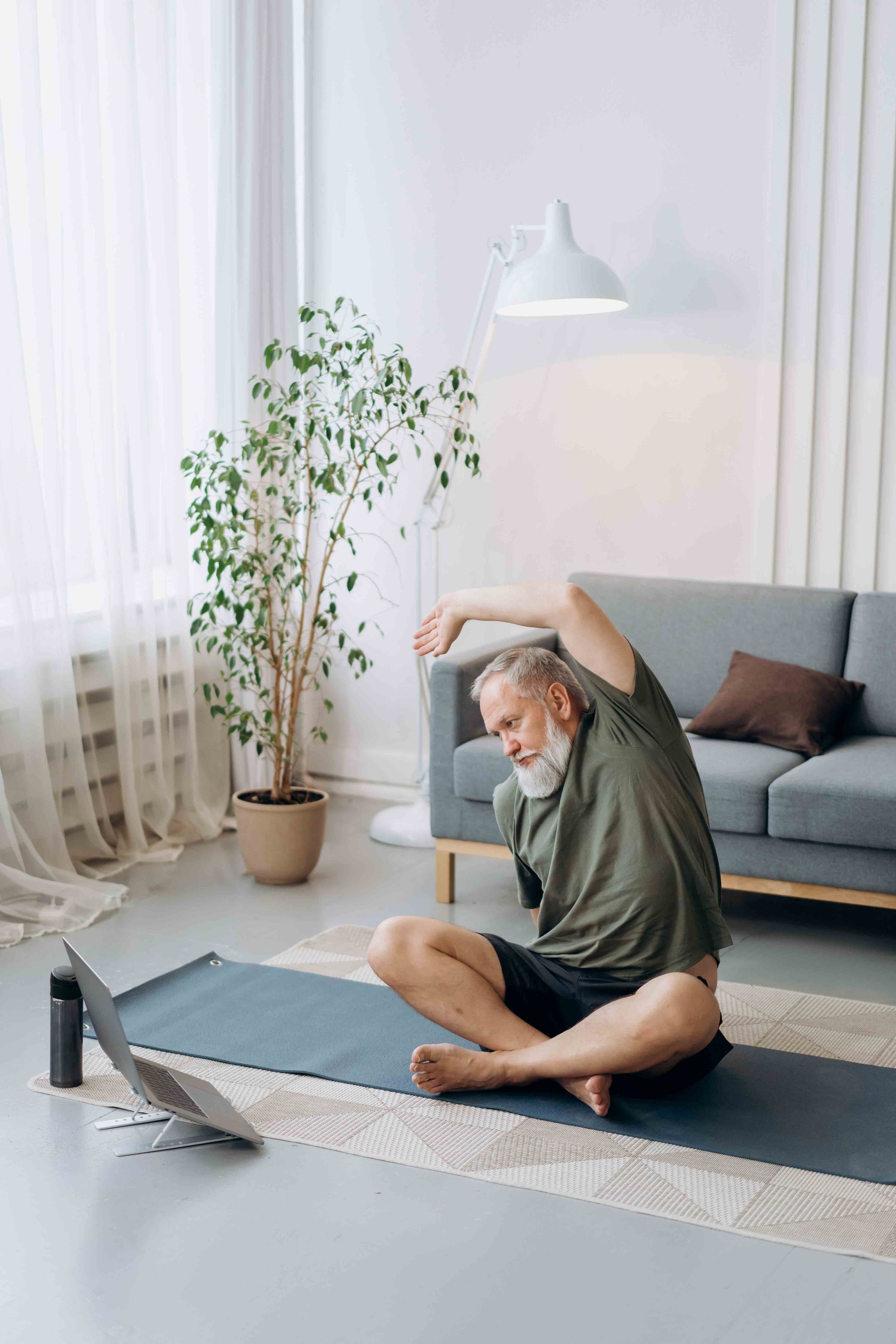
Winding Yoga Classes
Winding Road Yoga offers Private CLasses by appointment On ZOom
I specialize in working with equestrian clients and those dealing with physical challenges, focusing on healthy alignment and integration of the poses with the breath. I will help you understand how you can use yoga to create a sense of balance, ease, and contentment, while strengthening your body and spirit.
Interested in a personalized approach? Contact me for information about scheduling a Zoom session or package.
By signing up for my classes, you agree to the terms and liability waiver
Mindfulness Meditations
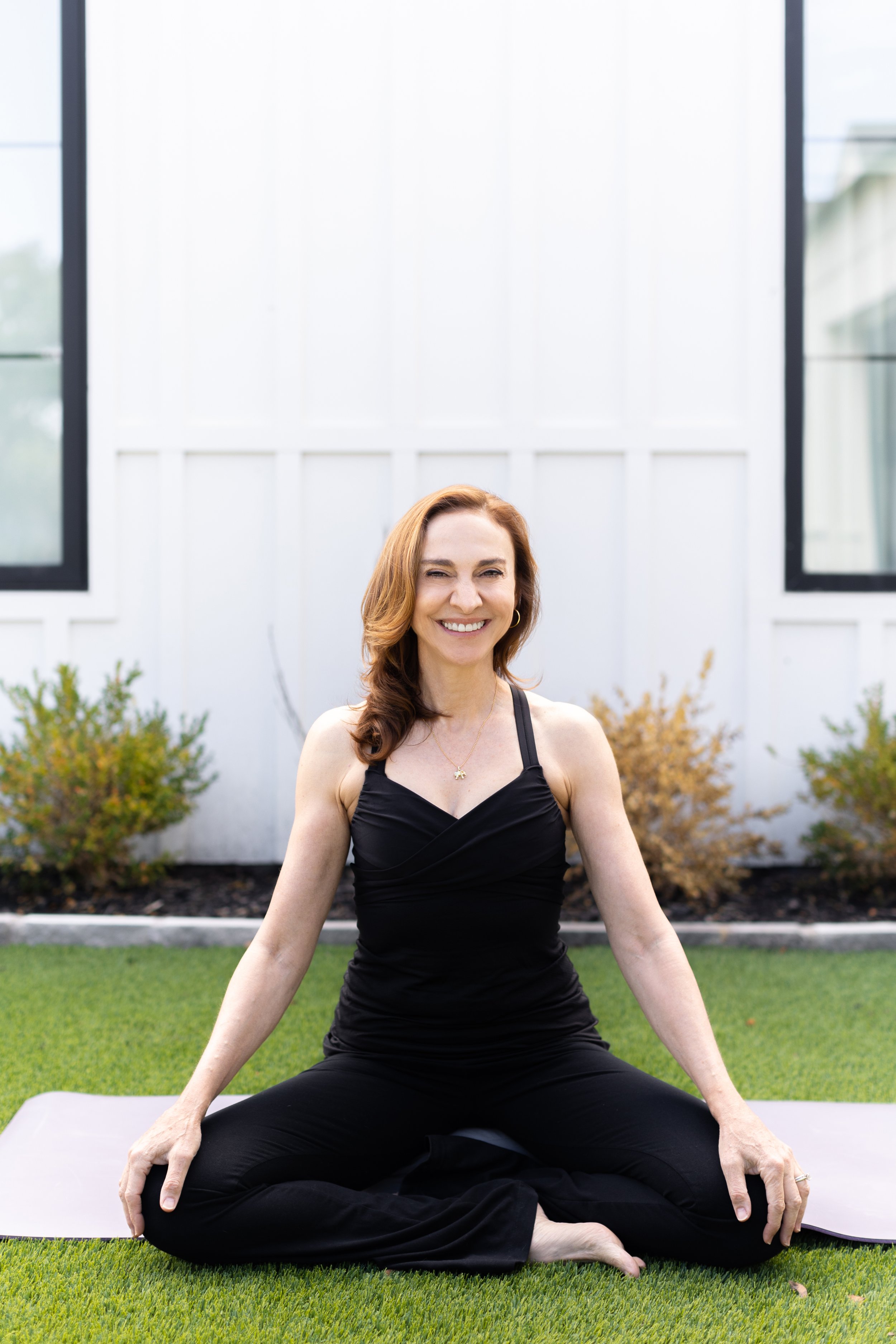
Testimonials
“Sarah is knowledgeable, professional, kind, and understanding.”
“Sarah is knowledgeable, professional, kind, and understanding.”
“What a breath of fresh air! I am new to yoga but did not feel intimidated and Sarah's instructions were safe and easy to follow”
— C.T.
"Probably the best online yoga class I have ever done."
— MJ • 50 year old • male physician
“I love this website. I have been curious about yoga for a long time, and am inspired by Sarah’s teaching.”
— M.E. • 52 year old • attorney

Recent Blogs
I recently had the honor of sharing some of my favorite ideas for creating a home yoga and mindfulness space with Redfin, a national real estate company. In this article, I’ll walk you through some simple ways to design a space that feels personal, peaceful, and easy to maintain. You don’t have to create the perfect space overnight. Begin with what you have. Over time, both your practice and your space can evolve to meet you where you are.
Athletes of all stripes are drawn to yoga for the powerful mind-body connection. It’s not just a trend. There is strong support from the scientific and medical literature. In this article, I’ll touch on the ways that yoga can enhance both physical and mental performance for athletes.
If you ride horses, no matter what your discipline, you know that time spent in the saddle is a blend of physical energy, mental focus, and a deep connection with your horse. It’s easy to overlook the importance of self-care, but just as you care for and prepare your horse before a ride, it’s equally important to prepare yourself. As a competitive dressage rider and a registered yoga teacher, I’ve found that incorporating a brief yoga routine before mounting up can help me to feel more centered, flexible, and ready to train and compete at my best.
As a cardiologist, a yoga teacher, and a certified mindfulness meditation teacher, I am fortunate to have the opportunity to both teach and learn from the practice of meditation. Not only does meditation improve awareness, presence, and focus, but it also has important benefits for your heart health.
Since hot yoga seems to be everywhere, you might be surprised to learn that the practice is relatively new. But what is hot yoga? What can hot yoga do for you? And is hot yoga even safe? In this article, I’ll go over the history, the available science, and the pros and cons of a hot yoga practice.
I’m sharing an excerpt from a recent interview on mindfulness, mindfulness coaching, and the ways mindfulness is sometimes misused and misunderstood. I’ll also touch on the differences between mindfulness and meditation. As a certified mindfulness coach and mindfulness meditation teacher, as well as a physician, I have found mindfulness to be a powerful and life-affirming practice.
In yoga and mindfulness meditation, teachers often use the breath as an anchor onto which you focus your awareness and your intention. Why is focusing on the breath so important?
At first glance, the breath might seem to be a purely physical process, yet its impact extends far beyond mere oxygenation of the body. In this article we’ll delve into why we focus on the breath in these practices, and how it might influence your mental, emotional, and physical well-being.
Breathing is something we do every minute of every day, mostly without giving it a second thought. However, as a physician and a yoga teacher, I've come to appreciate the profound impact that conscious breathing, or pranayama, can have on our physical and mental well-being. In this article, I delve into the science behind pranayama and explain how it can be a powerful tool for connecting the mind and body.
As you age, it’s normal for the body to become less flexible and to feel a little weaker. Your sense of balance may also become less certain. It’s understandable that these changes may cause some people to avoid exercise out of fear or frustration. But in many cases, that may only cause these problems to accelerate.
If you’re an older adult and wondering if yoga is for you, here’s a quick rundown of the ways yoga can enhance your health and well-being.
At the beginning of a yoga class, your teacher will often invite you to set an intention. But what does that mean? Why do we do it? And how do you know what to choose? In this article, I’ll explain what an intention is, why it is often part of a yoga practice, and how it can deepen your practice. I’ll also offer some ideas that may help you to set your own intention.
Decades of research has established beyond a doubt that for most people, exercise can help prevent heart disease. But what about yoga? Overall, the physical benefits of yoga appear very similar to what we see with exercise.
How does yoga fit into your lifestyle if you already have heart issues? First, check with your doctor. Heart disease can include so many different conditions, from very minor to life threatening. It’s impossible to generalize. Some forms of yoga may be safer than others for people with heart conditions.
People who meditate regularly will often tell you how much better they feel with a daily practice. In the past, skeptics might have questioned how sitting quietly, not working or studying, or frankly doing much of anything at all could be helpful. Now, new research is beginning to clarify the benefits of meditation and to help us understand more about the way the brain works.
Your psoas muscle is one of the most important muscles in your body. Yet this unsung hero is often overlooked. That’s partly because it is such a deep muscle that we really don’t notice it from the outside. This curvy and complex muscle runs from the lower spine to the top of the thigh bone. Without the psoas, we would not be able to stand or walk. That’s because the psoas is the only muscle that connects the spine to the legs. The psoas is also part of your fight or flight system.
“In through your nose, and out through your mouth.” Have you ever wondered why you hear this instruction in yoga class? Nasal breathing does have some advantages over mouth breathing in a meditative practice. It encourages you to slow down and control your respiration. By doing so, you may activate your parasympathetic nervous system. And it might even improve your memory and your mood.
Fascia is a hot topic in the yoga world. You may have heard a yoga teacher mention it in class, or perhaps it’s popped up on your social media feed. But what exactly is fascia, and why is it important? It is the delicate and flexible web of tissue that wraps around the muscles, supporting them and allowing them to glide and slide against each other, that we’ll focus on in this article.
My horse is a source of joy and a beautiful connection to the natural world. He also seems to delight in keeping me humble. But I never expected him to teach me a profound and enduring lesson about the nature of pain, empathy, and mindful compassion.
Do you ever wonder what your yoga teacher means when she tells you that “this pose is going to rinse out your organs“? Yoga builds strength, flexibility, and, depending on the type of yoga, is great for your heart. But yoga does not rinse out your organs! Instead, you can think of these little prompts as being metaphors for the benefits of yoga.
“Make your yoga practice your own”. It’s great advice, but only up to a point.
Teachers are often taught to encourage their students to “listen to your own body”. And this is reasonable when we are twisting ourselves into knots or getting ourselves into poses that create pain. In these situations, we may need to back off or find a less intense expression of the pose. But sometimes this advice may lead you in a direction that is actually counterproductive.
In this article, I’ll explain what Yin yoga is, and how you can use Yin yoga in your own practice.
Next to an experienced yoga teacher to help guide your practice, yoga blocks are probably the most important tool in your yoga bag. In this article I'll explain why, how and when blocks can be helpful.
One of the great gifts of yoga is the focus on mindful movement, on being present and being comfortable with yourself, just as you are. Many times we come to yoga, as I first did, for the physical practice alone. And often we are driven by a sense of competition, of wanting fast results, and of fear of looking or feeling less-than. That may be when we most need the support that yoga props can offer.
Open your Third Eye? What on earth is your yoga teacher talking about? Like most people, when you look in the mirror, you probably only see two eyes staring back at you. So where is this third eye, and how and why do we want to open it?

About Me
I found yoga in 1997, after I broke my arm in a riding accident and realized that in order to connect with my horse, I first needed to connect with my own body. At the time, I had no idea how abundantly yoga would come to inspire my work as a cardiologist and my life as an equestrian athlete. I am a USDF Silver Medalist, and along with a fantastic trainer and wonderful horses, I credit yoga and meditation for my success in the sport of dressage.
As a registered yoga teacher (RYT-200©) and certified Mindfulness Coach and Mindfulness Meditation Teacher, I have had the opportunity to dive deeper into the roots and philosophy of yoga. Understanding how this ancient practice relates to our physical and mental well-being has enhanced my own practice and given me wonderful tools to share with my students.
As a physician, I am in awe of the intuitive and scientific knowledge that the yoga masters had of the human body, and the importance of the asanas, or yoga poses, in aligning body and breath.
It is my wish to inspire you to find your own yoga path, and to help you find the beautiful synergy that happens when you connect mind, body, and spirit.


